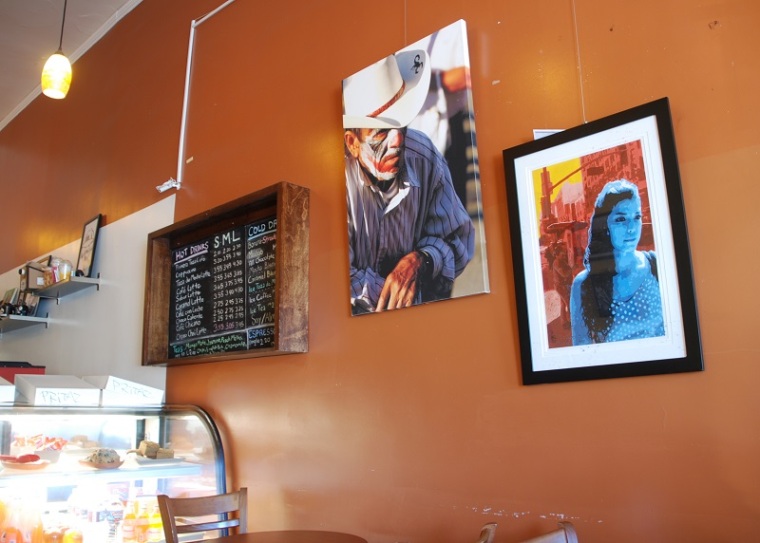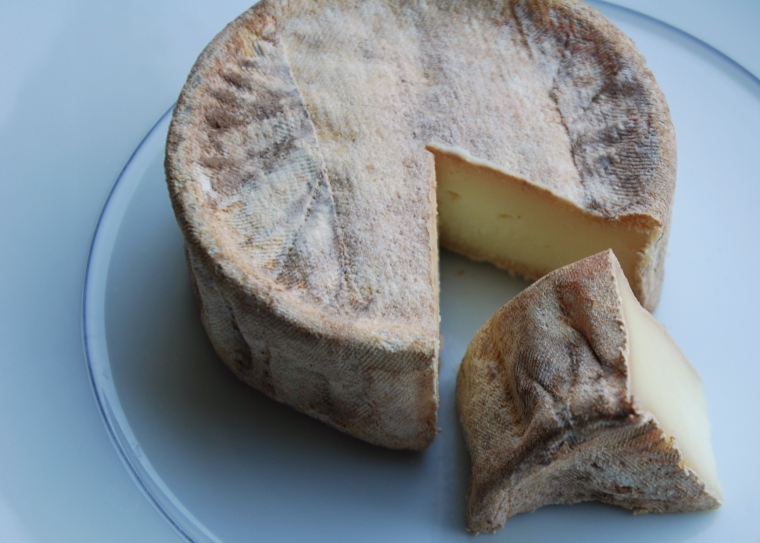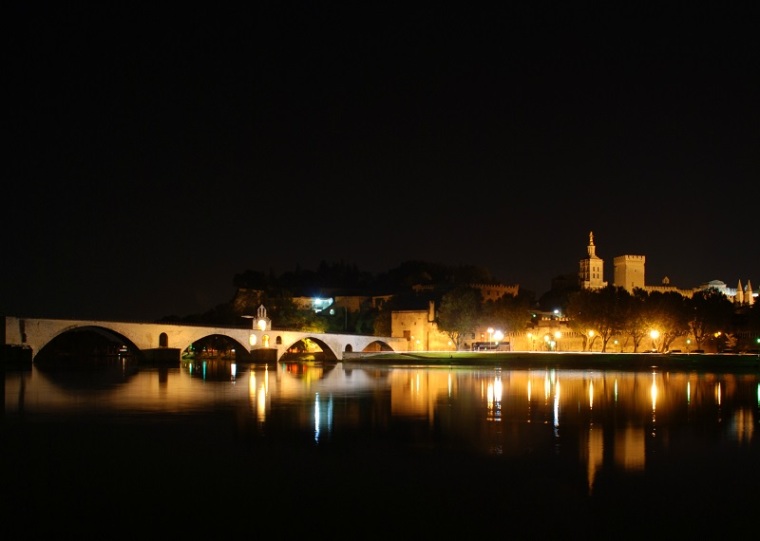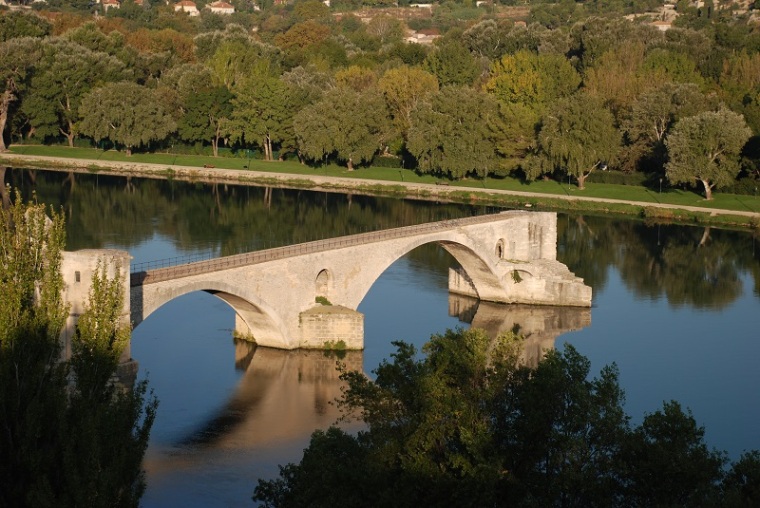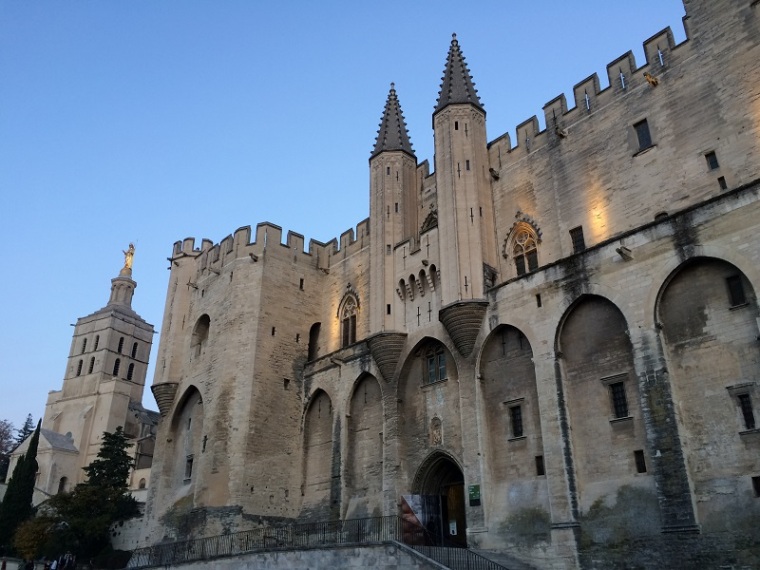
Not far from where my dear old mother lives in the Netherlands is an area known as the Gelderse Vallei. A valley in the Netherlands is a rare thing, given that much of the country is as flat as a pancake – for there to be valleys you’d need mountains or at least hills, and those are few and far between in Holland. But here, between two glacial moraines left after the last ice age, it’s there: the Valley of Gelderland. The southern part of this area is known as het Binnenveld, an area with a diverse mix of farms. Many of the farmers here are trying new things (or go back to really old things for that matter) and their eagerness to experiment is supported by the proximity of Wageningen University & Research Centre, the 21st-century guise of the venerable national agricultural university and the initiative Food Valley, a cooperation between 8 local communities that promotes knowledge and information about healthy food and sustainable agriculture. The latter claim sounds a bit pompous and vague but driving around the area it quickly becomes apparent what it means: small, crooked country roads provide access to beautiful farms where an agricultural cornucopia is being produced, from fruit juices to pork and from fresh advocaat (a drink made with eggs, sugar and brandy) to honey. A local bakery makes rusks out of locally grown Spelt while a bit further down the road a farm store sells eggs, advokaat, fruit juice, jams and a host of other things, all locally produced. And, of course, there’s cheese. I have posted something about Remeker already, but there are other farmers in the area that also produce cheeses from a particular breed of animal, usually valuing quality more than quantity, when it comes to the milk the cows give.

There is Michiel Cassuto and his Brandrood herd; the de Hooilanden Farm with its Blaarkop cows; Welgelegen, a farm with Montbéliard cows and the van Dijk family farm with 1,200 Saanen goats. The latter three have their raw milk cheeses aged and marketed by the Meester-Affineurs (“master agers”), a company that takes its mission to produce a natural product very seriously. As an example, they have successfully fought off mandates to disinfect the boards on which the cheeses ripen. They did so with the assistance of a local company that did the tests to show the boards were fine without getting sprayed. Given that they work with raw milk cheese, they do have very strict hygiene rules: for example, in winter the tails and the udders of the cows need to remain cleanly shaven… close proximity to the other animals and the conditions inside a barn require more stringent rules, clearly. The Master Agers have a clean, crisp website, and they ship. So I was able to order a decent chunk of each of their three cheese and try them a week after my visit in the Food Valley.

I had visited the van Steenbergen farm, which has a delightful farm store that sells beautiful things from all over the region, along with their own eggs. They have chickens, cows and wallabies. Wallabies ?! “Yah, we had some leftover land and my husband had read an article about wallabies so we thought: why not?” the woman who runs the store said. Believe it or not, she said it with such conviction that it sounded like the absolute best thing to do. Wallabies in the Food Valley. Of course.

The Saanen is basically a Gouda cheese with a goat twist, or a chèvre with a Gouda twist – a semi-hard cheese with a pale ivory paste, very creamy, initially without an outspoken goatiness. Kind of sweet, delicious. You need to keep it in your mouth a while for the goat flavor to really unfold, but then it packs a nice punch. The Montbéliard has a lot of small holes in it – nutty, with a pleasant chewiness, a bit of barnyard and salty. The Blaarkop was similar, perhaps a little sharper than and not as creamy as the Montbéliard. The picture shows the trio the way the Dutch eat their cheese: in slices, on a rusk or a slice of bread.









